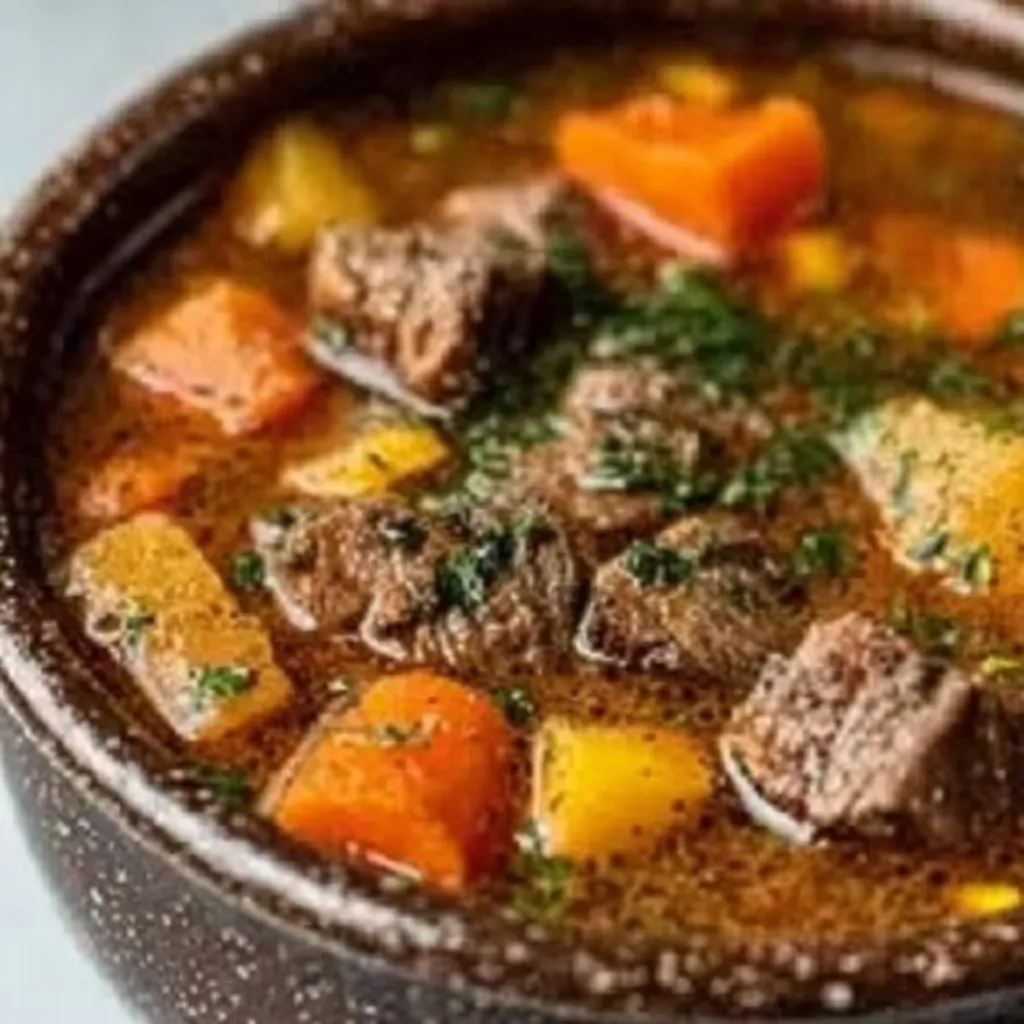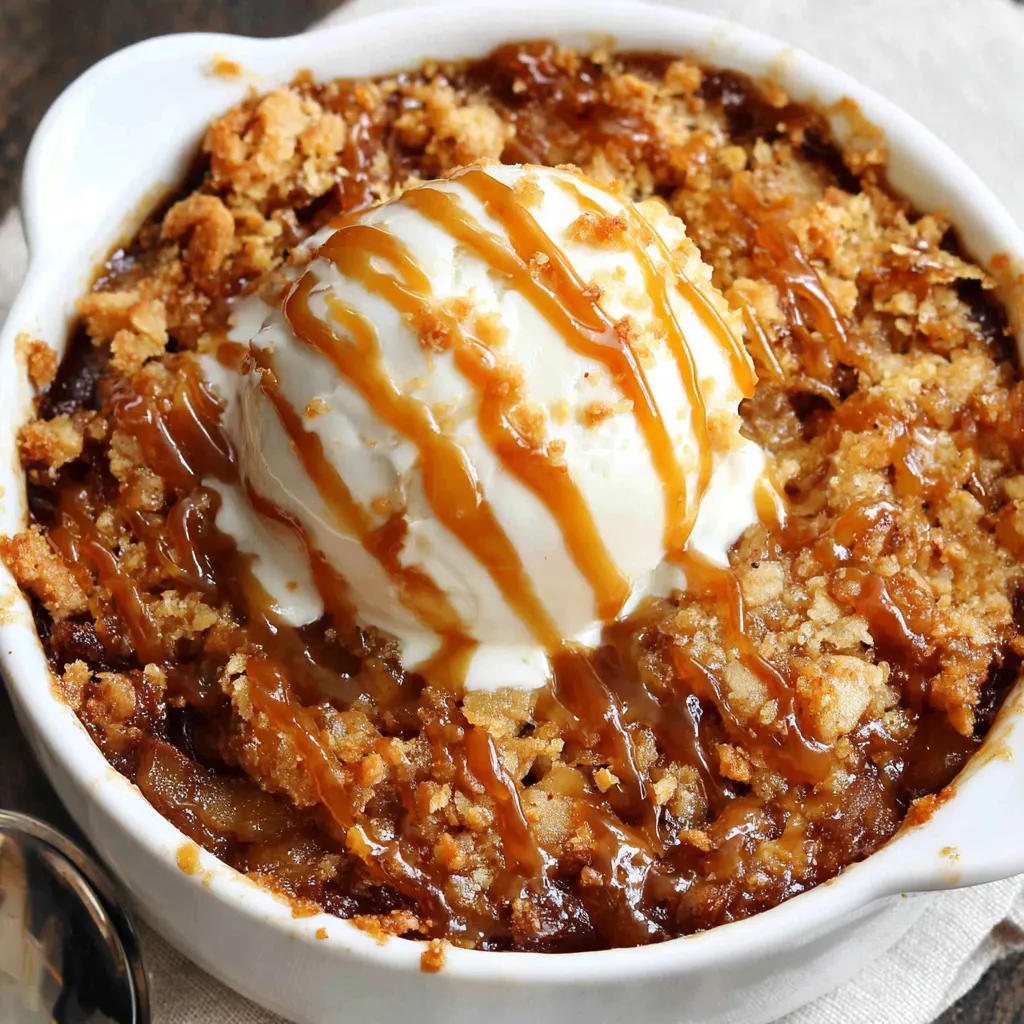Unlocking the Secrets: The Science of Stew
 Beef stew, at its heart, is a triumph of slow cooking. The magic lies in the breakdown of collagen, a tough protein found in connective tissues, into gelatin. Gelatin is what gives stew its rich, velvety texture. This transformation requires heat, moisture, and time. The Maillard reaction, that browning process that happens when meat is seared, is also crucial. Those browned bits, known as fond, contribute layers of flavor. However, it’s a delicate balance. Too much heat, and the meat becomes tough and dry. Not enough, and the collagen remains stubbornly intact. Different cuts of beef are better suited for stewing due to their higher collagen content. The vegetables contribute sweetness and body, and the herbs and spices elevate the overall flavor profile. Understanding these principles is the key to transforming simple ingredients into a deeply satisfying dish.
Beef stew, at its heart, is a triumph of slow cooking. The magic lies in the breakdown of collagen, a tough protein found in connective tissues, into gelatin. Gelatin is what gives stew its rich, velvety texture. This transformation requires heat, moisture, and time. The Maillard reaction, that browning process that happens when meat is seared, is also crucial. Those browned bits, known as fond, contribute layers of flavor. However, it’s a delicate balance. Too much heat, and the meat becomes tough and dry. Not enough, and the collagen remains stubbornly intact. Different cuts of beef are better suited for stewing due to their higher collagen content. The vegetables contribute sweetness and body, and the herbs and spices elevate the overall flavor profile. Understanding these principles is the key to transforming simple ingredients into a deeply satisfying dish.
The Holy Grail: My Ultimate Beef Stew Recipe
This recipe isn’t just a list of ingredients and instructions; it’s a culmination of years of experimentation and refinement. I’ve tried countless variations, tweaking and adjusting until I arrived at what I consider to be the perfect beef stew.Ingredients:
- Beef: 2 lbs beef chuck, cut into 1-inch cubes
- Flour: 1/4 cup all-purpose flour
- Oil: 2 tablespoons olive oil
- Onion: 1 large yellow onion, chopped
- Garlic: 4 cloves garlic, minced
- Carrots: 3 medium carrots, peeled and chopped
- Celery: 2 stalks celery, chopped
- Potatoes: 1.5 lbs Yukon gold potatoes, peeled and cubed
- Beef Broth: 6 cups beef broth
- Tomato Paste: 2 tablespoons tomato paste
- Worcestershire Sauce: 1 tablespoon Worcestershire sauce
- Bay Leaf: 1 bay leaf
- Dried Thyme: 1 teaspoon dried thyme
- Dried Rosemary: 1/2 teaspoon dried rosemary
- Salt and Pepper: To taste
- Optional: 1 cup red wine (Burgundy or Cabernet Sauvignon)
- Optional: 1/2 cup pearl onions
- Optional: 1 cup frozen peas (added at the end)
Instructions:
- Prepare the Beef: Pat the beef cubes dry with paper towels. This is crucial for proper browning. Toss the beef with flour, salt, and pepper.
- Sear the Beef: Heat the olive oil in a large Dutch oven or heavy-bottomed pot over medium-high heat. Sear the beef in batches, ensuring not to overcrowd the pot. Brown on all sides. Remove the beef and set aside.
- Sauté the Aromatics: Add the chopped onion, carrots, and celery to the pot. Sauté until softened, about 5-7 minutes. Add the minced garlic and cook for another minute until fragrant.
- Deglaze the Pot (Optional): If using red wine, pour it into the pot and scrape up any browned bits from the bottom. This adds incredible depth of flavor.
- Combine Ingredients: Return the beef to the pot. Add the beef broth, tomato paste, Worcestershire sauce, bay leaf, thyme, and rosemary. Stir to combine.
- Simmer: Bring the stew to a simmer, then reduce the heat to low, cover, and cook for at least 2-3 hours, or until the beef is fork-tender. The longer it simmers, the richer the flavor will be.
- Add Potatoes: Add the cubed potatoes to the stew during the last 45 minutes of cooking time.
- Optional Additions: If using pearl onions, add them with the potatoes. If using frozen peas, stir them in during the last 5 minutes of cooking.
- Season and Serve: Remove the bay leaf. Taste and adjust seasoning with salt and pepper as needed. Serve hot, garnished with fresh parsley if desired.
Confessions of a Stew Scientist: My Culinary Journey
My first few attempts were a disaster. I remember one particularly awful batch where the beef was so tough, it could have doubled as shoe leather. The vegetables were mushy, and the broth tasted like dishwater. I knew I had to approach this systematically.The Great Browning Blunder
Like many of you, I initially thought that simply throwing all the beef into the pot at once would save time. Big mistake! The pot cooled down too much, and the beef steamed instead of seared, resulting in a grey, flavorless mess. Then, I had an “Aha!” moment when I realized the importance of searing in batches. This allowed the beef to develop that crucial crust, which added so much depth to the final dish. I also learned the importance of patting the beef dry – excess moisture hinders browning. It’s a lesson also applicable to the Beef Birria Magic recipe!The Broth Breakdown
Another early mistake was using inferior broth. I initially opted for the cheap stuff, thinking it wouldn’t make much of a difference. I was wrong. The quality of the broth directly impacts the flavor of the stew. I switched to a high-quality beef broth, and the difference was remarkable. Homemade broth is even better if you have the time. I also experimented with different liquids, including red wine and even a splash of stout. The red wine added a lovely richness and depth, similar to what it does in Beef Manhattan.Vegetable Vexations
The vegetables also presented their own set of challenges. I overcooked them on several occasions, resulting in a mushy, unappetizing stew. I learned that the key is to add the potatoes later in the cooking process, as they cook faster than the beef. I also discovered that a combination of carrots, celery, and onion (a mirepoix) forms a flavorful base for the stew. Sometimes I add pearl onions for a touch of sweetness, just like you might do with Chicken Stew Recipe.The Seasoning Saga
Getting the seasoning right was another hurdle. I initially underestimated the amount of salt and pepper needed. I also experimented with different herbs and spices, including thyme, rosemary, and bay leaf. I found that a combination of thyme and rosemary provided the perfect balance of flavors. A bay leaf is essential for adding a subtle, earthy note. And a dash of Worcestershire sauce? Pure magic. Much like the secret ingredient in Slow Cooker Chicken Stew.The Foolproof Formula: Mastering the Art of Beef Stew
After countless experiments and taste tests, I’ve distilled the process down to a foolproof method. Follow these steps, and you’ll be well on your way to creating the best beef stew you’ve ever tasted.- Choose the Right Cut: Opt for beef chuck, which is rich in collagen and becomes incredibly tender when slow-cooked.
- Brown the Beef Properly: Sear the beef in batches to develop a flavorful crust. Don’t overcrowd the pot!
- Build Flavor with Aromatics: Sauté onions, carrots, and celery to create a flavorful base.
- Use High-Quality Broth: The broth is the foundation of the stew, so choose wisely.
- Simmer Low and Slow: Allow the stew to simmer for at least 2-3 hours, or until the beef is fork-tender.
- Add Potatoes Later: Add the potatoes during the last 45 minutes of cooking to prevent them from becoming mushy.
- Season Generously: Don’t be afraid to season the stew aggressively with salt, pepper, and herbs.
- Taste and Adjust: Taste the stew throughout the cooking process and adjust the seasoning as needed.
- Be Patient: The longer the stew simmers, the richer and more flavorful it will become.
- Enjoy! Serve hot and savor the fruits of your labor.
Why is it important to sear the beef in batches instead of all at once?
Searing the beef in batches prevents overcrowding the pot, which lowers the temperature and causes the beef to steam instead of brown. Browning creates a flavorful crust that adds depth to the stew.
What cut of beef is recommended for beef stew and why?
Beef chuck is recommended because it is rich in collagen, which breaks down during slow cooking, making the beef incredibly tender.
How long should I simmer the beef stew?
Simmer the stew for at least 2-3 hours, or until the beef is fork-tender. The longer it simmers, the richer the flavor will become.
When should I add the potatoes to the stew?
Add the potatoes during the last 45 minutes of cooking time to prevent them from becoming mushy.

Best Beef Stew Ever
Ingredients
Equipment
Method
- Pat the beef cubes dry with paper towels.
- Toss the beef with flour, salt, and pepper.
- Heat the olive oil in a large Dutch oven or heavy-bottomed pot over medium-high heat.
- Sear the beef in batches, ensuring not to overcrowd the pot. Brown on all sides. Remove the beef and set aside.
- Add the chopped onion, carrots, and celery to the pot. Sauté until softened, about 5-7 minutes.
- Add the minced garlic and cook for another minute until fragrant.
- If using red wine, pour it into the pot and scrape up any browned bits from the bottom.
- Return the beef to the pot. Add the beef broth, tomato paste, Worcestershire sauce, bay leaf, thyme, and rosemary. Stir to combine.
- Bring the stew to a simmer, then reduce the heat to low, cover, and cook for at least 2-3 hours, or until the beef is fork-tender. The longer it simmers, the richer the flavor will be.
- Add the cubed potatoes to the stew during the last 45 minutes of cooking time.
- If using pearl onions, add them with the potatoes.
- If using frozen peas, stir them in during the last 5 minutes of cooking.
- Remove the bay leaf.
- Taste and adjust seasoning with salt and pepper as needed.
- Serve hot, garnished with fresh parsley if desired.




